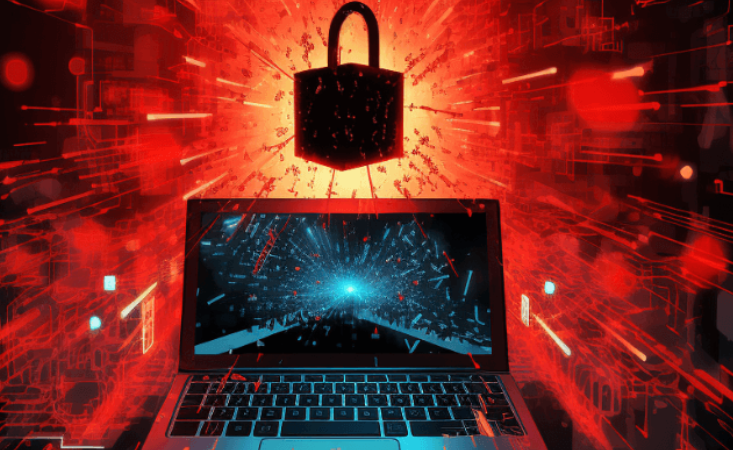How Ransomware Works and How to Protect Yourself
Ransomware represents a significant threat in today’s digital landscape. It typically infiltrates systems through common vulnerabilities or deceptive phishing tactics, leading to data encryption. Once compromised, victims face demands for ransom payments to regain access to their files. Understanding the mechanics behind these attacks is crucial. Additionally, implementing effective countermeasures can mitigate risks. What strategies can organizations employ to safeguard their data against this pervasive menace?
The Anatomy of a Ransomware Attack
How does a ransomware attack unfold?
Initially, cybercriminals exploit various attack vectors, such as phishing emails or software vulnerabilities, to infiltrate systems.
Once inside, they deploy different ransomware types, encrypting vital data and demanding payment for decryption.
This calculated approach not only disrupts operations but also undermines individual freedoms, highlighting the urgent need for robust cybersecurity measures to safeguard against such threats.
See also: Cybersecurity in the Age of Remote Work
Common Tactics Employed by Cybercriminals
After infiltrating systems, cybercriminals employ a variety of tactics to maximize the impact of their ransomware attacks.
Common strategies include deploying multiple ransomware types to exploit diverse vulnerabilities, crafting convincing phishing emails, and leveraging advanced encryption techniques.
These calculated approaches enhance the likelihood of successful extortion, ultimately aiming to undermine victims’ autonomy and financial stability while perpetuating the cycle of cybercrime.
Signs of a Ransomware Infection
Recognizing the signs of a ransomware infection is crucial for timely intervention and mitigation.
Common ransomware symptoms include sudden file encryption, unexpected system slowdowns, and the appearance of ransom notes.
Infection indicators may also involve unusual network activity or unauthorized access attempts.
Being vigilant about these warning signs can empower individuals to act swiftly, preserving their data and maintaining control over their digital environments.
Best Practices for Prevention and Recovery
A comprehensive approach to ransomware prevention and recovery is essential for safeguarding critical data and ensuring system integrity.
Implementing regular data backups fortifies resilience against attacks, enabling swift restoration without ransom payment.
Additionally, thorough employee training fosters awareness of phishing attempts and other threats, empowering individuals to recognize vulnerabilities.
Together, these practices establish a robust defense, promoting organizational freedom from ransomware risks.
Conclusion
In the ever-evolving landscape of cybersecurity, ransomware acts as a shadowy predator, preying on the unsuspecting. By fortifying defenses through education, regular backups, and vigilant system monitoring, individuals and organizations can transform themselves into resilient fortresses. Ignoring these proactive measures is akin to leaving the gates wide open, inviting disaster. Ultimately, the best shield against this digital menace lies not only in technology but in a collective awareness that empowers everyone to recognize and thwart potential threats.






